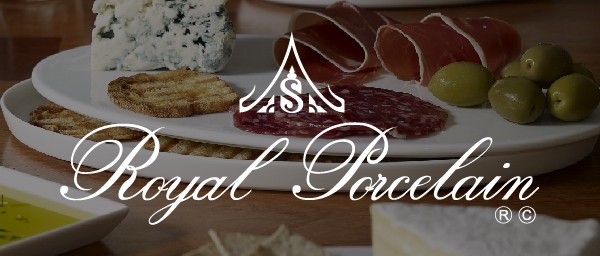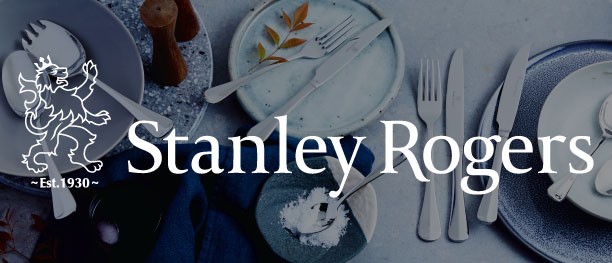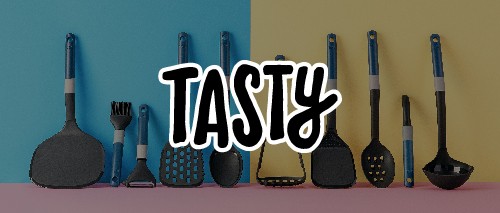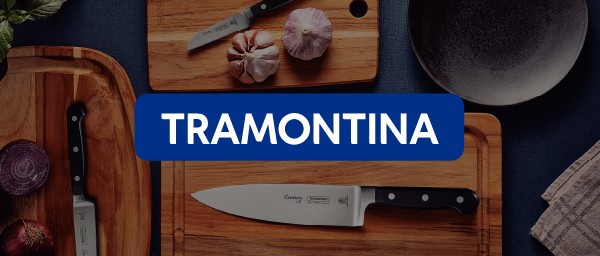Drum and Percussion Instruments – Types, Techniques, and Essential Guide for Beginners and Musicians in New Zealand
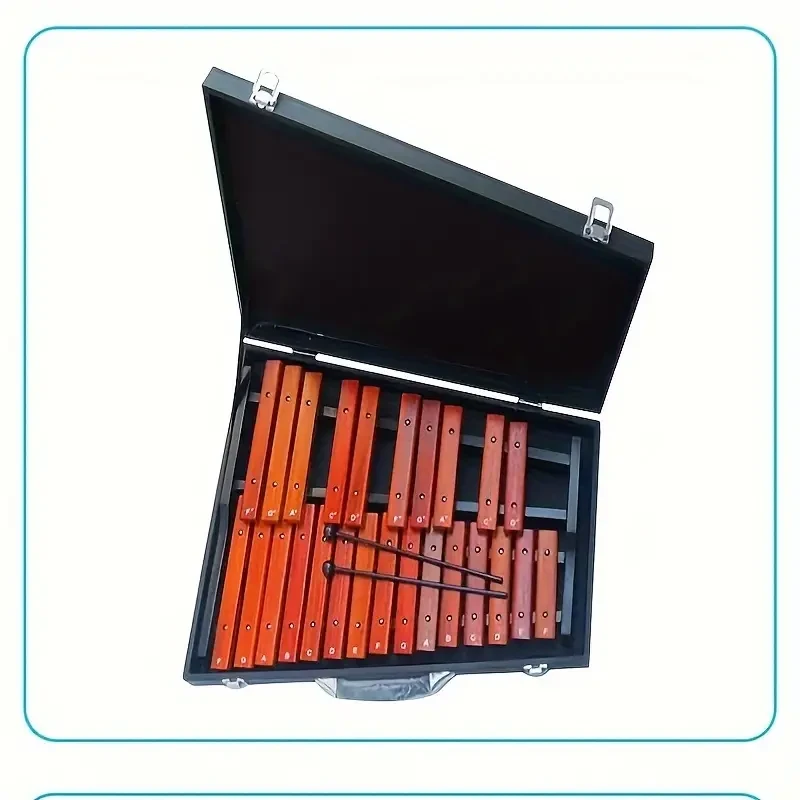
Percussion instruments: 25-tone folding aluminum plate piano, 25-tone xylophone instruments, carillon instruments
Gift Tree
Approx $101.00 USD
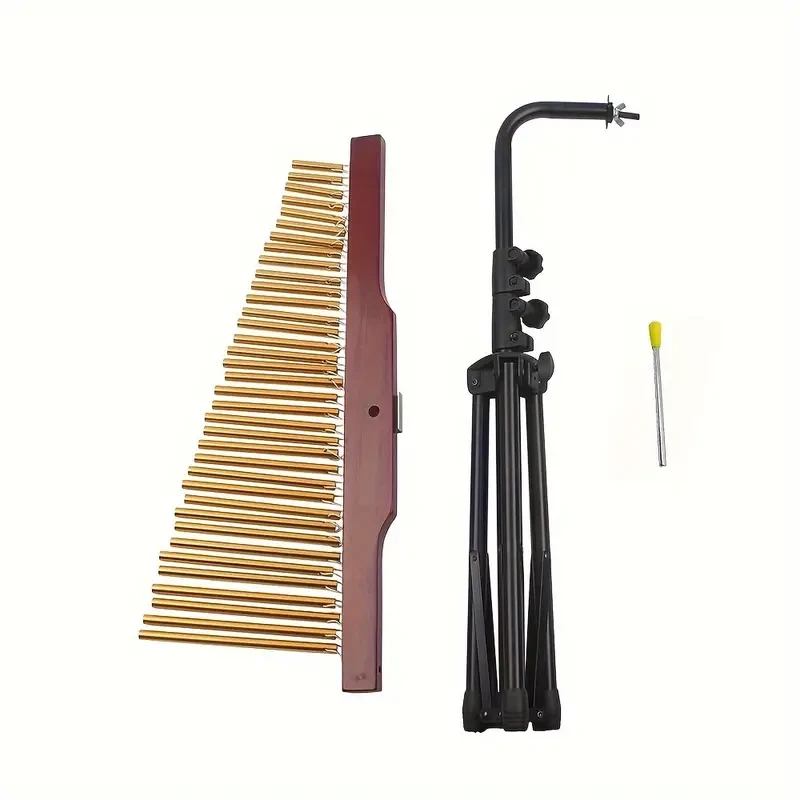
36-Tone Wind Chimes with Stand and Mallet - Electroplated Aluminum Alloy Bars - Adjustable Height - Percussion Musical Instrument for Band Performances, Suitable for Ages 14+
Gift Tree
Approx $95.06 USD
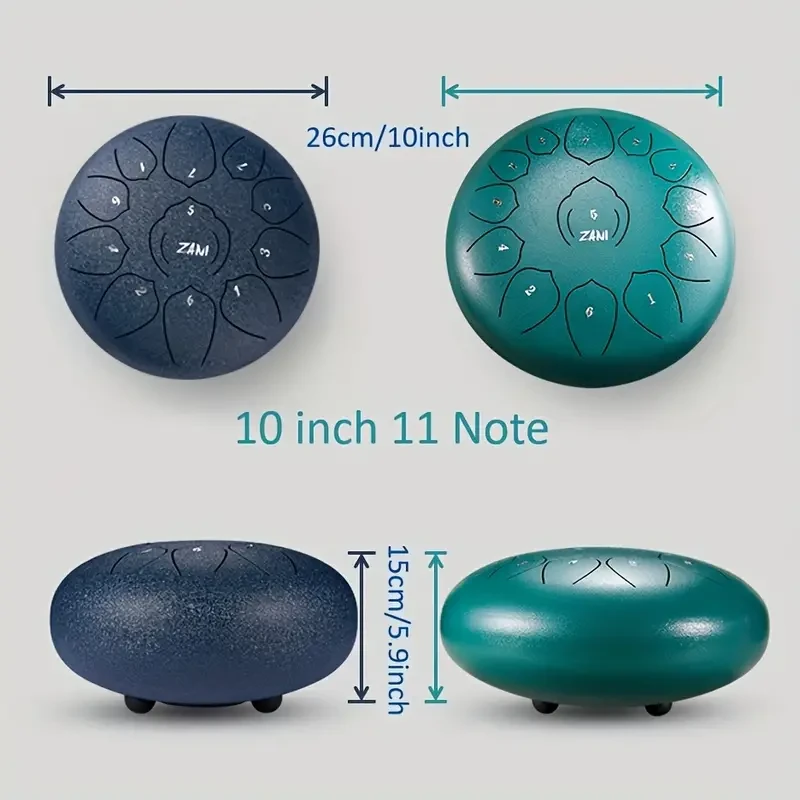
25.4 cm 11 Tones Steel Tongue Drum, Percussion Instrument Drum With Bag, Music Book And Mallets For Meditation Entertainment Musical Education Concert Mind Yoga Eid Al-Adha Mubarak
Gift Tree
Approx $89.11 USD
Drum and percussion instruments are some of the oldest and most diverse tools used in music across the world. From the deep resonating sounds of bass drums to the sharp clatter of cymbals, percussion instruments form the heartbeat of many musical genres. Whether in orchestras, marching bands, jazz ensembles, or rock bands, percussion instruments play an essential role in setting the rhythm and enhancing the texture of music. In New Zealand, percussion instruments are a central part of both traditional and contemporary music.
For beginners and experienced musicians alike, learning about the different types of drum and percussion instruments is an exciting step toward enhancing your musical journey. In this guide, we will explore various percussion instruments, the basics of playing them, and how they contribute to different styles of music. Whether you're just starting to learn the drums or are looking to explore a wide array of percussion instruments, this guide will give you the tools to understand and play these dynamic instruments with confidence.
Drum and percussion instruments are vital for providing the rhythm in any musical performance. They are distinct from melodic instruments because they focus on producing sound through hitting, shaking, or scraping. These instruments can be broadly classified into two categories: drums (which produce sound through a membrane being struck) and auxiliary percussion instruments (which include all other types of percussion instruments). Some of the most popular drum and percussion instruments include the drum kit, congas, bongos, tambourines, maracas, cymbals, and more.
This comprehensive guide will introduce you to the world of drums and percussion, covering key instruments, tips for playing, and how percussion fits into New Zealand’s vibrant music scene. We will also touch upon the techniques required to excel in playing these instruments, from basic rhythm patterns to advanced techniques used by professional percussionists.
Key Features of Drum and Percussion Instruments
-
Rhythm Creation: Percussion instruments are the backbone of rhythm in music. They are used to create beats, rhythms, and
patterns that support melodies and harmonies.
-
Diverse Sound Range: Drum and percussion instruments have a wide variety of sounds, from deep, resonant tones to sharp,
high-pitched sounds, making them adaptable to different genres of music.
-
Physical Demand: Playing percussion instruments requires physical coordination and strength. Drumming, for instance,
involves complex limb movements and stamina to maintain long performances.
-
Versatility: Percussion instruments are incredibly versatile, used in virtually every genre of music, from classical to
jazz, rock, pop, and traditional music. This versatility makes percussion instruments essential for musicians worldwide.
-
Group Performance: Many percussion instruments are played in groups, such as drumlines, orchestras, or percussion
ensembles. They promote teamwork and collaboration, making them ideal for both individual and group performances.
-
Unique Playing Techniques: Different percussion instruments require different techniques, from hand drumming to using
sticks, brushes, or mallets. Mastering these techniques is crucial for producing the correct sound and rhythm.
Types of Drum and Percussion Instruments
There are two main categories of percussion instruments: drums and auxiliary percussion instruments. Let’s
explore both in more detail.
Drums
Drums are the most widely recognized percussion instruments. They produce sound by striking a membrane (also called a drumhead) stretched over a shell. Different sizes, shapes, and materials contribute to the variety of sounds produced by different types of drums.
-
Snare Drum: Known for its sharp, crisp sound, the snare drum is a staple in drum kits, marching bands, and orchestras. It
is used for keeping time and creating rhythmic patterns, often played with sticks.
-
Bass Drum: The bass drum is much larger than the snare drum and produces a deep, resonant tone. It is typically used to
provide the heartbeat or foundation of the rhythm section in an ensemble.
-
Tom-Toms: Often part of a drum kit, tom-toms are medium-sized drums that come in different pitches and are used for fills,
rolls, and accentuating rhythm patterns.
-
Bongo Drums: A pair of small, hand-held drums of different sizes, bongos are typically played with the hands and are
commonly used in Latin music. They create a high-pitched, sharp sound.
-
Congas: Larger than bongos, congas are also played with the hands and are a key instrument in Afro-Cuban and Latin American
music. They have a deep, resonant sound and are played in sets of two or more.
-
Djembe: Originating from West Africa, the djembe is a goblet-shaped drum that is played with the hands. It is known for its
powerful and expressive sound, making it popular in world music and African drumming ensembles.
-
Timpani (Kettledrums): Used primarily in orchestras, timpani are large, tuned drums that can produce deep, melodic notes.
The pitch of a timpani can be adjusted by tuning the drumhead.
-
Cajón: A box-shaped percussion instrument from Peru, the cajón is often used in flamenco and contemporary acoustic music.
It is played by slapping the front surface of the box with the hands, creating a snare-like sound.
Auxiliary Percussion Instruments
In addition to drums, auxiliary percussion instruments are essential in adding texture and rhythm to music. These instruments do not typically have a drumhead but produce sound by shaking, scraping, or striking.
-
Tambourine: A small, handheld percussion instrument with metal jingles, the tambourine is often used in folk, rock, and pop
music to add a rhythmic, percussive accent.
-
Cymbals: Cymbals are large, metal percussion instruments that are played by striking them together or hitting them with
mallets. They are often used in orchestral music, drum kits, and marching bands for accentuating rhythms.
-
Maracas: Maracas are small, handheld percussion instruments filled with beads or seeds that produce a rattling sound when
shaken. They are commonly used in Latin American and Caribbean music.
-
Triangle: A small, metal percussion instrument that is struck with a steel beater, the triangle produces a high-pitched,
bright sound often used in orchestral music.
-
Claves: A pair of wooden sticks that are struck together to produce a sharp, cracking sound. Claves are commonly used in
Afro-Cuban music and help keep time in many Latin rhythms.
-
Castanets: A percussion instrument typically associated with Spanish music, castanets are played by clicking two small
wooden pieces together, creating a rhythmic clicking sound.
How to Play Drum and Percussion Instruments
Learning to play percussion instruments requires a combination of physical coordination, rhythm, and practice. Here are some general
techniques and tips for getting started:
1. Developing Proper Technique
The first step in learning percussion is developing proper technique. Whether playing drums or auxiliary percussion, correct posture and hand positioning are essential. For drums, holding sticks correctly and using the right grip can make a huge difference in your sound quality and control.
For hand drums (such as bongos or congas), learning how to position your hands and use the correct striking techniques will ensure a clean, resonant sound. Each percussion instrument requires different techniques, so it’s important to focus on mastering the basic strokes.
2. Mastering Rhythm
Percussion instruments are all about rhythm. To excel at playing these instruments, you need a strong sense of timing and the ability to stay in sync with other musicians. Practice basic rhythm exercises, such as clapping along to beats or playing simple patterns on your instrument, to improve your sense of timing.
Learning to play in different time signatures and keeping consistent time with other instruments is crucial for playing in ensembles and orchestras.
3. Practice Dynamics and Expression
Drums and percussion instruments are incredibly dynamic, meaning they can vary in volume and tone. Being able to control the volume of your playing, from soft taps to loud crashes, adds nuance and expression to your performance.
Experiment with different playing techniques, such as varying your stick pressure or hand movement, to produce a wide range of sounds from your instrument.
4. Group Play and Ensemble Performance
Percussion instruments often work best in a group setting, whether in a drumline, orchestra, or percussion ensemble. Learning how to play in a group is an essential skill for musicians. Focus on listening to other players, staying in sync, and adjusting your playing to match the overall rhythm and sound.
Benefits of Learning Drum and Percussion Instruments
Learning to play drum and percussion instruments offers several benefits, from improving coordination to enhancing musical creativity. Here
are some key advantages:
1. Improving Coordination and Motor Skills
Playing percussion requires a high level of physical coordination. Drummers must use their hands, feet, and sometimes even their entire body to create complex rhythms. This can greatly improve hand-eye coordination, fine motor skills, and overall physical dexterity.
2. Building Musical Expression
Drum and percussion instruments are powerful tools for musical expression. Whether you’re playing a delicate pattern or driving the rhythm of an entire piece, percussion allows for creativity and individual interpretation.
3. Stress Relief and Physical Fitness
Playing percussion instruments, particularly drums, is a great way to release stress and engage in physical activity. Drumming can serve as a form of exercise, improving cardiovascular health and overall fitness.
4. Social and Team Skills
Percussion instruments are often played in groups, fostering teamwork and social interaction. Learning to collaborate with other musicians, especially in percussion ensembles, helps improve communication and collective rhythm.
Why Drum and Percussion Instruments Are Popular in New Zealand
In New Zealand, drumming and percussion play a central role in both traditional and contemporary music. From Māori cultural music, which
uses drums and traditional percussion instruments, to rock, jazz, and orchestral performances, percussion instruments are used across
various genres and settings.
Drum and percussion ensembles are popular in schools, community groups, and professional bands. Whether you are a beginner looking to learn the drums or an advanced musician exploring different percussion instruments, New Zealand offers a wide range of opportunities for musicians to develop their craft.
Enter your content here



.jpg)









.jpg)





.jpeg)





.jpeg)



.jpeg)








.jpeg)



.jpeg)

.jpeg)

.jpeg)

.jpeg)
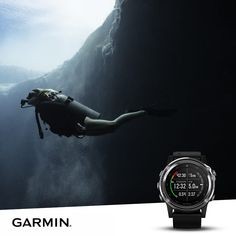



.jpeg)
.jpg)

.jpeg)






.jpeg)
.jpeg)




.jpeg)





.jpeg)


.jpeg)

.jpeg)

.jpeg)

.jpeg)







.jpeg)
.jpeg)
.jpeg)





.jpeg)



.jpeg)






.jpg)
.jpeg)









.jpg)


ulva-Logo.jpg)




.jpeg)



.png)
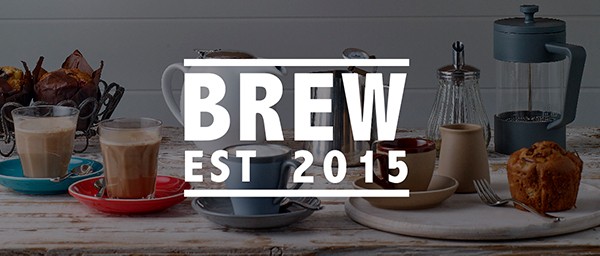







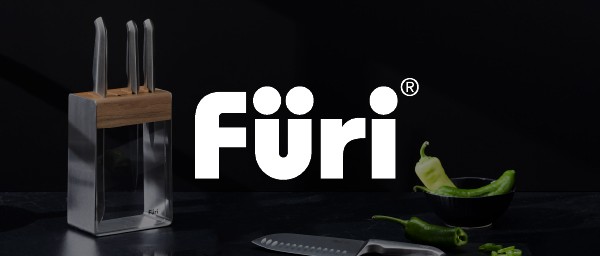






.png)











